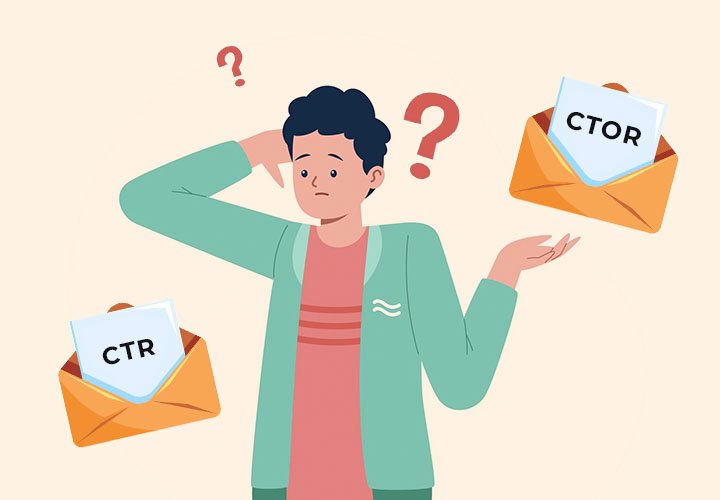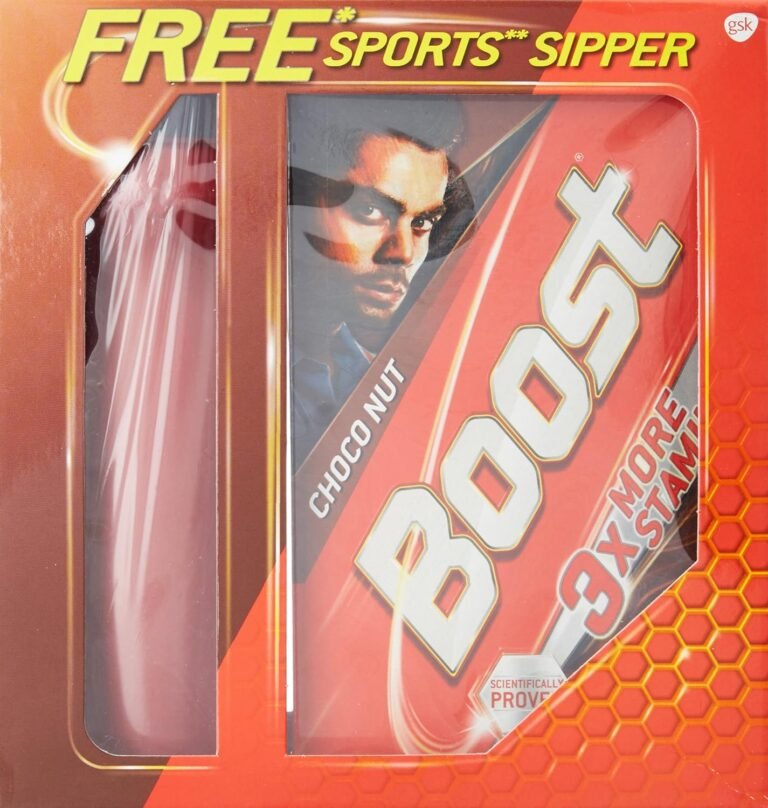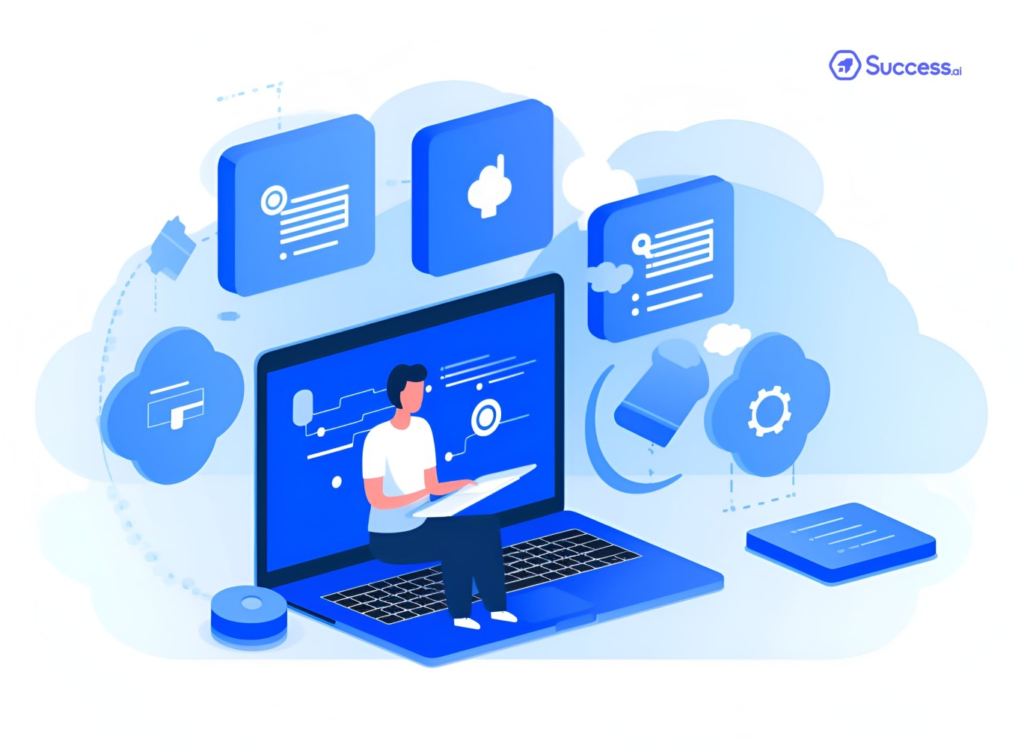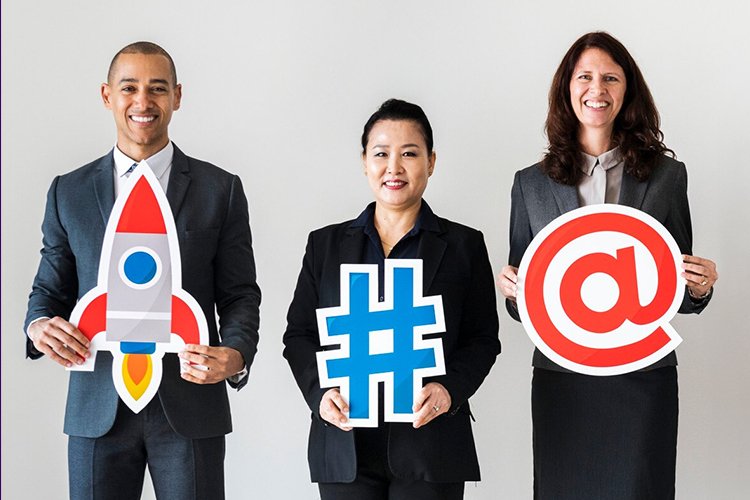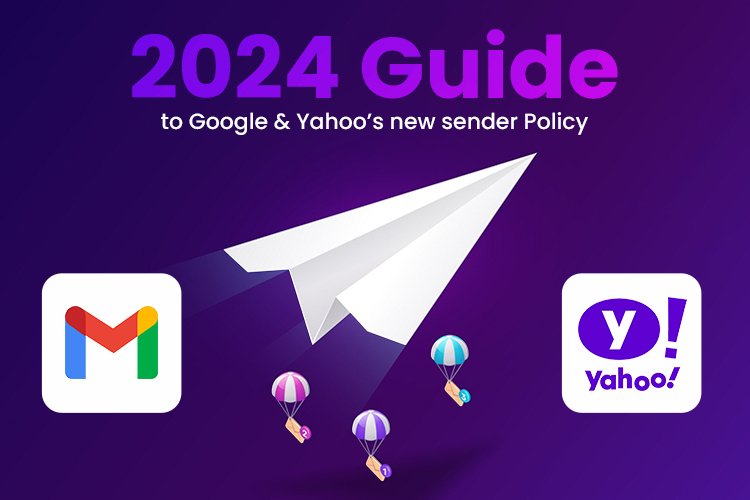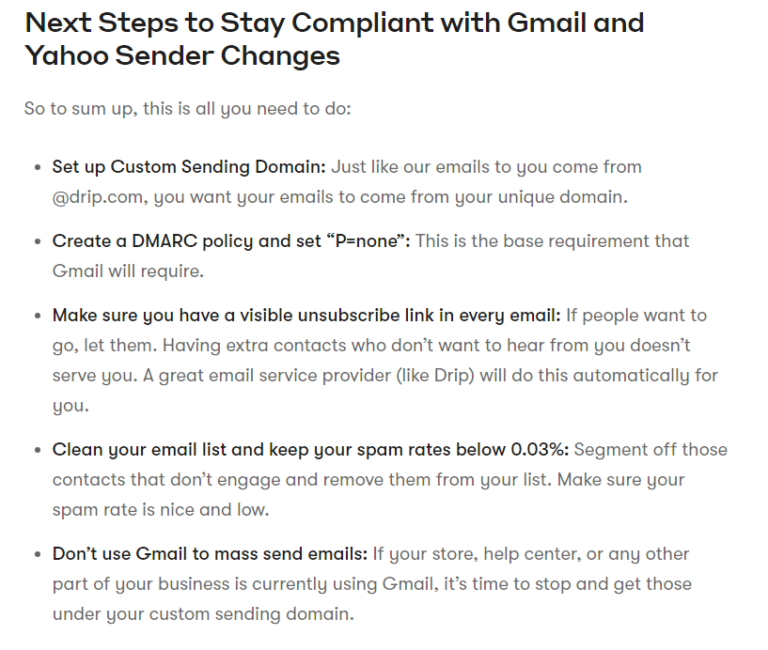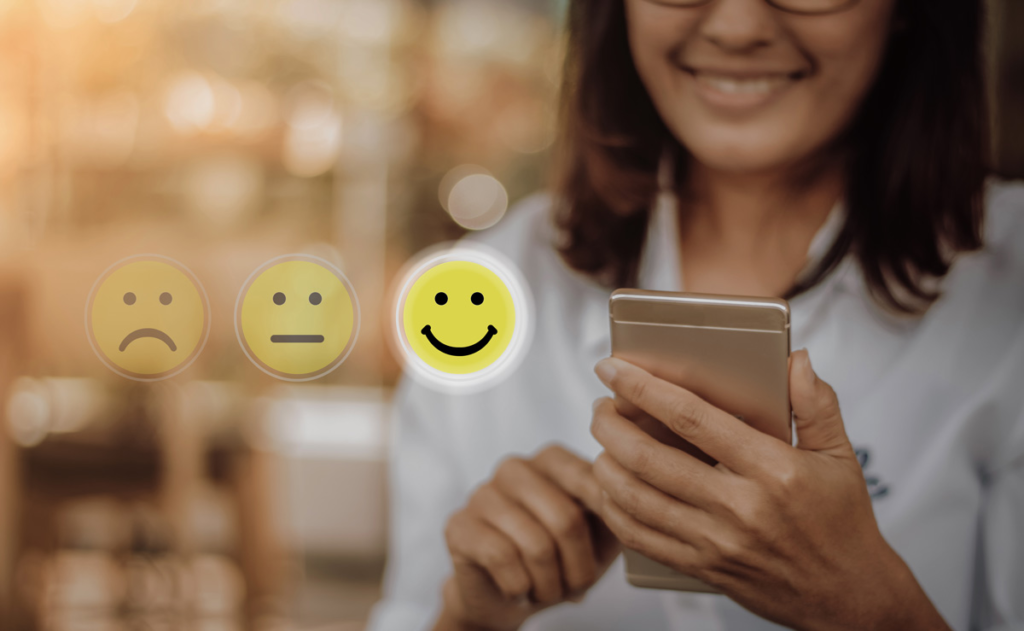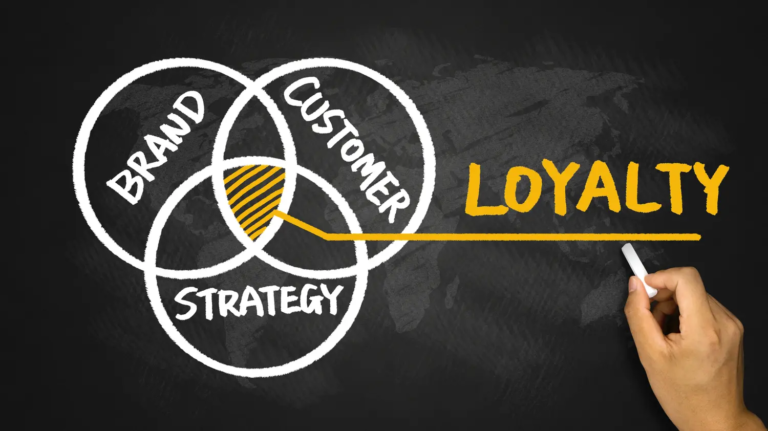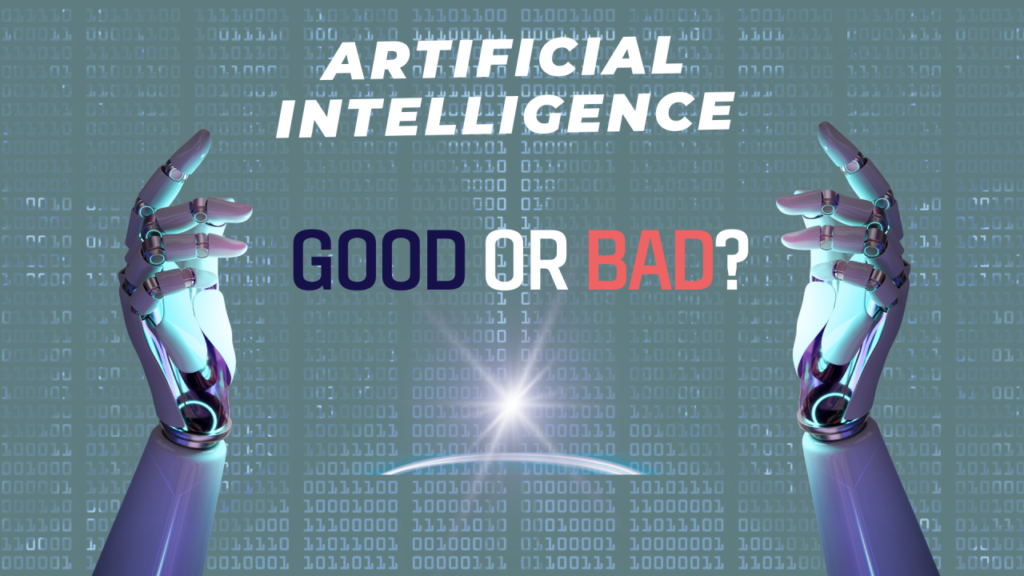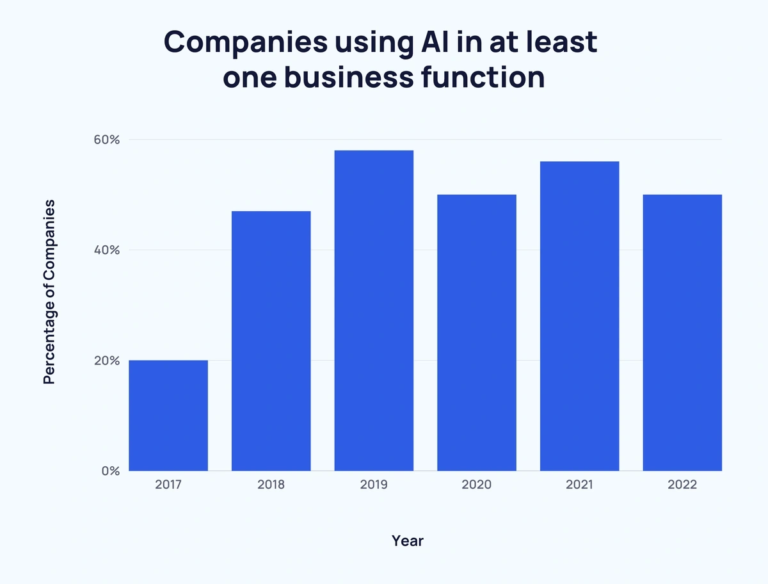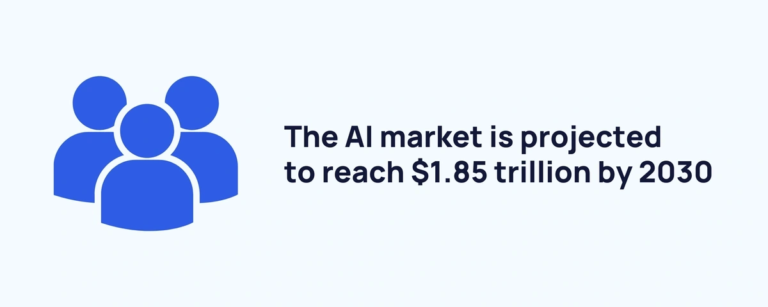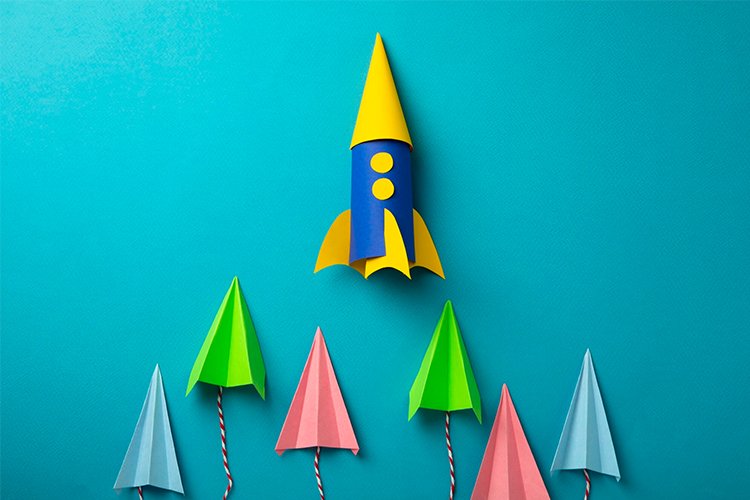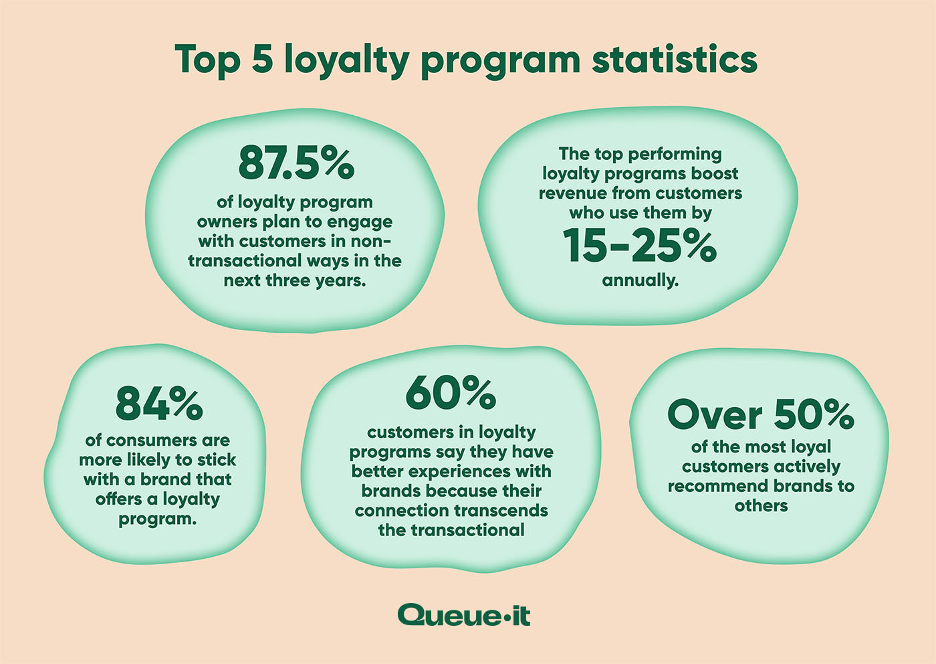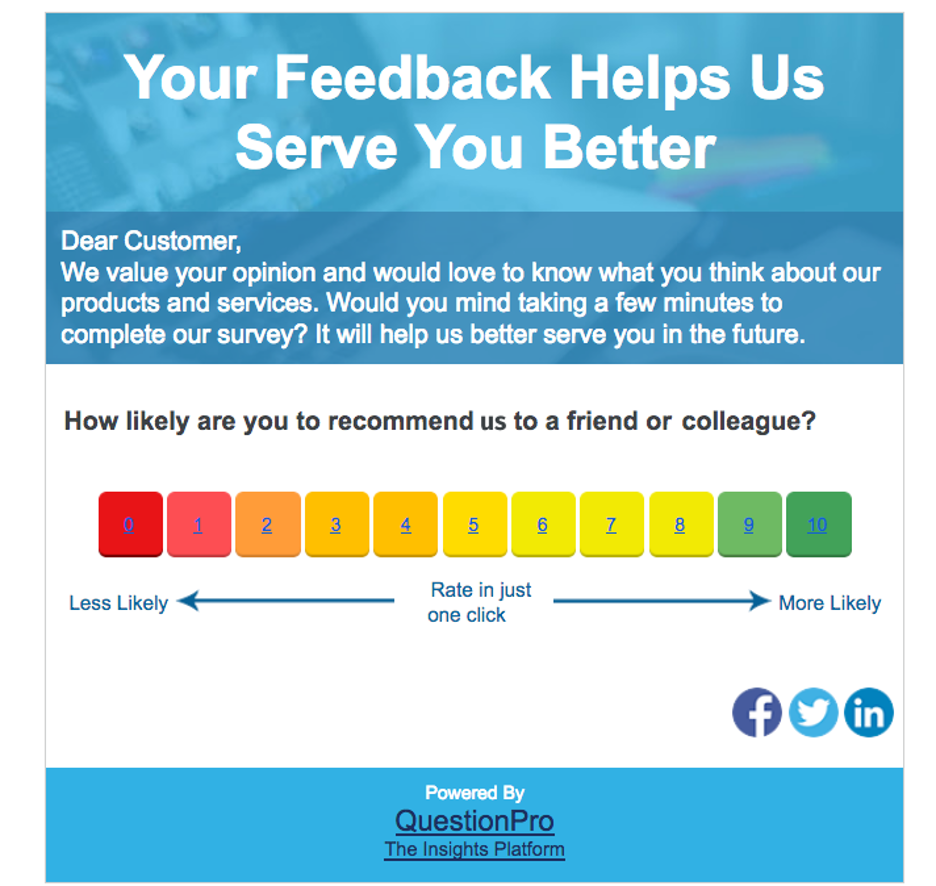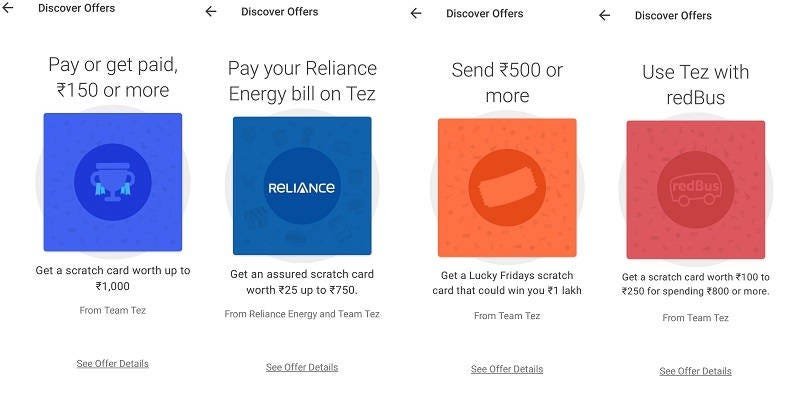CTR or the CTOR > understand the difference
Written by Vanshitha M
Published on Sep 05, 2024
Introduction
Everyday 319.6 billion emails are exchanged every single day! This amount is as astonishing as it gets, But how do you as a digital marketer know if you can reap the success of email marketing? Let us understand two metrics that can be used to comprehend your email marketing!

Source: uplers
What is CTR (Click-Through Rate)
Click-through rate is often a metric used in the arena of digital marketing to understand the performance of the brand’s advertisement. It is essential to understand the engagement of your work.
CTR is the percentage of the ratio of the number of links opened in an email to the total emails delivered.
The average open rate for CTR is 8.29%.

Source: Hubspot
What is CTOR (Click To Open Rate):
CTOR is also used to understand the metrics for digital advertisement.
CTOR is the percentage of the ratio of the number of links opened in an email out of the total emails opened.
A report gave the analysis:
- The Average CTOR = 14.3%
- Real estate, design, and construction industries = 17.7% (Highest)
- Food and Beverage industry = 8.9% (Lowest)
CTR= (Number of clicks / Number of total emails delivered) *100
CTOR= (Number of clicks / Number of total emails opened) *100
Example:
For example, An email has been delivered 100 times, opened 80 times and links are clicked 50 times.
CTR or Click-Through Rate = 50/100*100 = 50%
CTOR or Click To Open Rate = 50/80*100 = 62.5%

Source: Delivra
What does this mean?
- A higher CTOR could mean that the email is well-designed but the target group needs to be corrected.
- A lower CTOR and CTR imply that the email isn’t well crafted.
- According to the Email and Growth Marketing Manager at Hubspot, CTR provides insights on complete email performance, and it accounts for deliverability and subject line but they also argue that CTOR gives insights on how well the email resonated with your audience.
- Hubspot’s marketing team said that they will focus on CTOR since it gives the apt measurement of the resonance of the audience.
- Not every email you send may get delivered due to Mail Protection Policy or Google and Yahoo’s policies. So, it’s important to note that here CTOR works better than CTR since you are worrying about opening rather than delivery.
- In a nutshell, CTOR focuses on the content whereas CTR focuses on complete email performance.
Benefits of CTR and CTOR:
- Email List Hygiene: To understand the interested group in your brand and to comprehend the overall performance of your email marketing.
- Optimization: These metrics help us understand if our email is compelling enough and optimize the email’s content, design, and CTAs.
- Effort: Email marketing requires effort, hard work, and resources. Ensure that every ounce of the resource you put in reaps the results you want through metrics.
CTR and CTOR benchmarks for each industry:

Source: Campaignmonitor

Source: Campaignmonitor

Source: Mailchimp
How to get better at the email marketing game?
- Make the content concise and engaging.
- Add CTA (Call To Action) which is a remark you want your audience to perform. Know that until you don’t say an action, the audience won’t do it, Prompt the action. A report stated that using CTA increased action by 28%.
- Get your mail verified through BIMI (Brand Indicators for Message Identification) for trustworthiness and to not end up in the spam For content to be read, make sure it ends up in the user’s inbox. If you wish to know more about BIMI, read this article. (BIMI For Email Marketing)
- Write the content as if you are directly talking to the audience and clearly address their pain points.
- Segment your list to identify the top audience.
- Ask for feedback and keep the improvement window always open.
If you wish to know more about CTR for various campaigns, check out this blog
Conclusion:
Email Marketing influences 60% of purchasing decisions. So, evidently, emails are one of the best ways used in digital marketing. Leverage them rightly by utilizing metrics like CTR, and CTOR but understand that many metrics can be used like open rates, bounce rates, etc.
If we are talking about a comparison between CTR and CTOR, in a nutshell, it depends on the marketer. Your brand must come up with a few objectives or thresholds to meet, then come up with a game plan by studying all the metrics that can be used.
If you want to stay updated on email marketing, and learn about every metric, stay tuned to our blog here.
Why Retention10:
Retention10 is a top-notch Customer Retention Management used to understand the needs of your brand and customize solutions through funnels, and content.

Vanshitha Munipally
( Research & Content Marketer )
To get your customized Customer Retention Solutions , Do write to us :
Source: appsflyer
CTR or the CTOR > understand the difference Read More »

